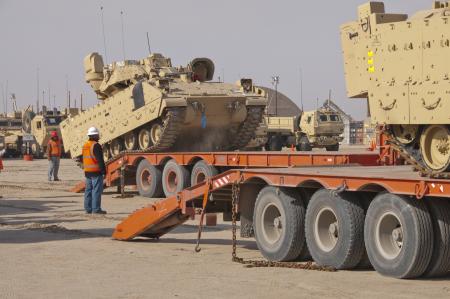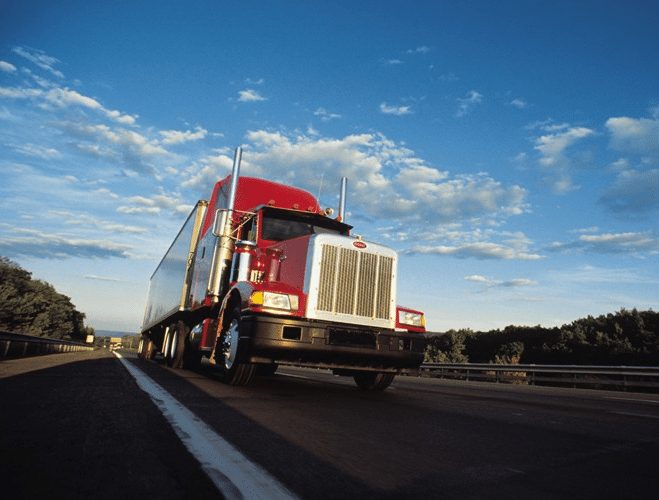Benefits of Shipping With an Intermodal Freight Company

Take Your Trade Show on the Road with the Right Transport Company
October 15, 2016
Why Shipment Tracking is Vital
December 15, 2016Every company is looking for ways to keep costs down and deliver the best products to their customers in a timely manner. For that reason, many companies today are moving toward intermodal shipping as a way to ensure that goods are delivered in the most efficient way possible, and get the lowest prices on overall transportation costs. Intermodal transit, which transports items from the original shipment location via truck to the railroad, then on a second truck to the final destination, can lower costs and with the right partner, help you maintain better control of your shipments from start to finish.
Why Consider Intermodal Transportation
In recent years the number of available truck drivers has declined, but the volume of items that businesses need to ship on a daily basis continues to rise with the global nature of our commerce markets today. To keep up with demand in light of driver shortages, rising fuel costs, and government regulations, many companies turn to intermodal transport. It provides great value while simultaneously being more energy efficient and reducing the volatility that you might find if you only shipped via truck.
Economic Advantages
Our supply chain is rapidly evolving with the advent of new technologies, but the way to get these items from point A to point B is shifting more and more toward old-school methods of rail transport. Shipping with trucks is still an effective way to get goods from shipper to receiver, but adding in rail transit for longer distances can be surprising cost-effective. Here’s why:
- Rates for intermodal transport have come down in recent years, contrasted with rising fuel costs that make truck-only transport more costly for distances of 800+ miles
- Advances in energy efficiency for rail transport has made this type of shipping “greener” than other options; in fact, transporting 160,000 pounds of goods over 3,000 miles would use about 17 tons of carbon emissions by truck and only 7 tons of carbon emission by rail—cutting emissions by more than half
- It’s an efficient method of transit because it eliminates variables like traffic, weigh stations, weather, and more
- This type of transportation can be scaled up or down to accommodate changes in your demand from one season to the next
- Intermodal transit using rail is extremely safe and allows you to keep track of shipments from start to finish
Today’s intermodal transit has come a long way from what it was two decades ago, with technological advances to create a secure, effective, efficient, and environmentally friendly option for transporting goods long distances. To find out how West Coast Carriers can tailor an intermodal transit program to meet your needs, call today.





